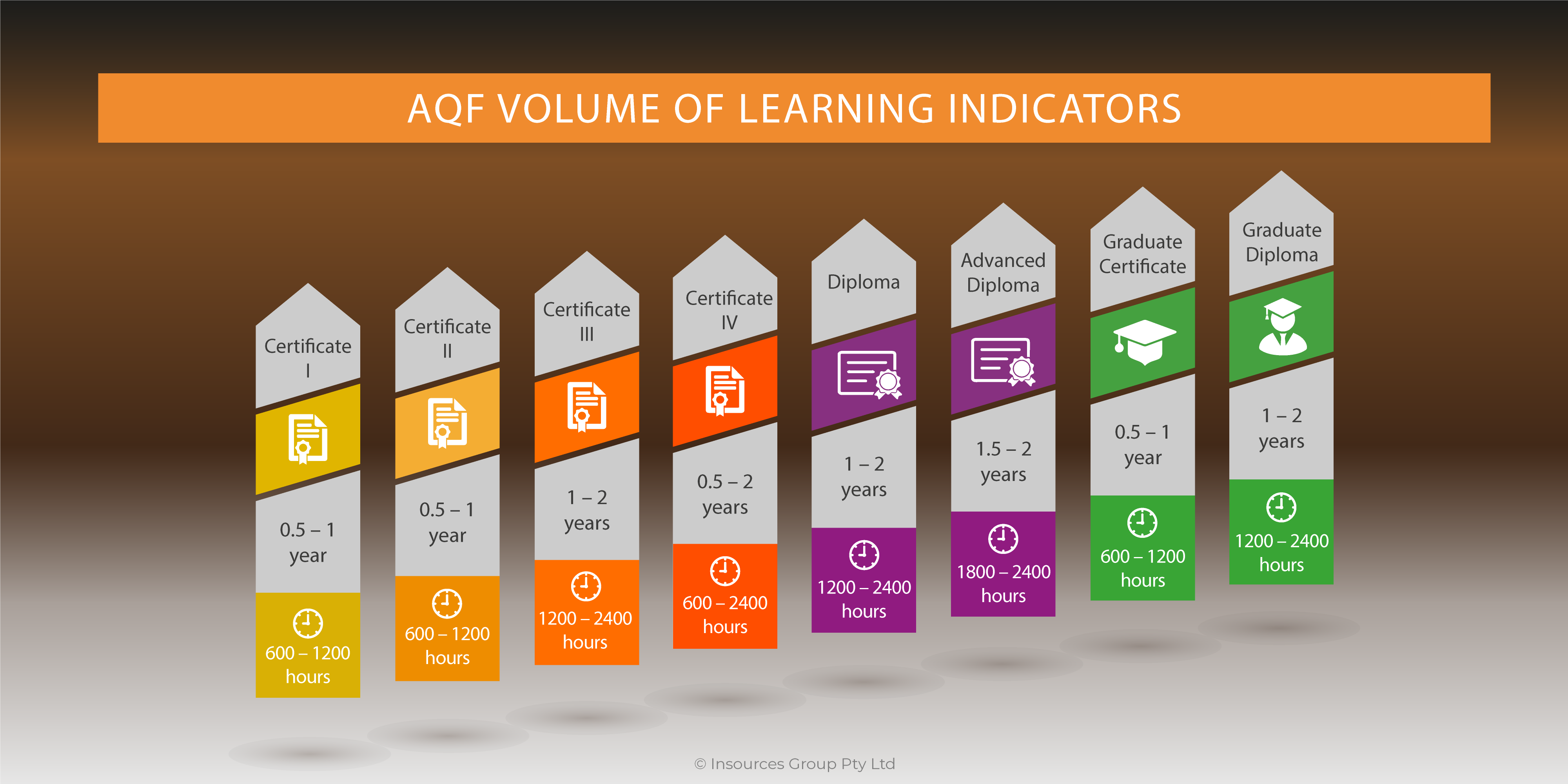 Will the effective skills your participants are learning about in the classroom translate to what they do in the workplace? As someone who cares deeply about this question, I’m going to make two bold statements, and then make a recommendation.
Will the effective skills your participants are learning about in the classroom translate to what they do in the workplace? As someone who cares deeply about this question, I’m going to make two bold statements, and then make a recommendation.
- Without a basic understanding of how learning happens, which is outlined in the rest of this article, there is very little chance that program participants will actually implement what they learned.
- No many training organisations are presenting to training participants with this perspective.
At Insources, we use not only reaction and learning objectives, but also application and impact objectives, when designing training. We discuss those application and impact objectives with participants during training and we provide some mechanisms for them to follow up the achievement of those objectives.
It’s important to give your learners a clear understanding of the kind of follow-through they’ll need to perform to ingrain new work habits. I strongly recommend that you reproduce the following information, give it to every learner, and have them read it (and, ideally, discuss it) at the beginning of every program.
1 – KNOWING what to do isn’t the same as DOING it. You can learn what to do through classroom instruction, books, videos, and articles. But this aspect of learning is only the beginning. Acquiring knowledge doesn’t guarantee that you’ll apply it when you need to. As Morpheus told Neo in the sci-fi movie, Matrix, “There’s a difference between knowing the path and walking the path.” Behavior is what counts.
And most behavior in a busy workplace is a result of habit, not conscious decisions.
2 – Skills, habits, and routines are hard-wired in the brain. You need to appreciate what’s really going on when you master a new skill. When you repeat a behavior, the brain cells involved in the behavior are stimulated to connect with each other. With enough repetition, physical circuits form that enable you to repeat the behavior easily and quickly. This is true whether it’s your golf swing or the way you deal with other people.
This means that the way you do things now is already hard-wired in your brain. It also means that to improve a skill or work habit, you need to rewire your brain.
3 – The brain will wire itself for both good and bad habits if you repeat the behavior often enough. Your brain doesn’t distinguish between effective and ineffective patterns. It will never say, “Wait a minute, I can’t program that for you because it will cause you problems.” No, it will simply start connecting the brain cells for the behavior each time you repeat it.
This is why you could end up interrupting people when they’re talking. Or yelling at them when you get upset. Or procrastinating when faced with a difficult decision.
4 – Most adults have wired a lot of bad habits over the years. During your life so far, you’ve developed “your way” of doing lots of things. And your way of interacting with others probably includes a few behavior patterns that cause problems. This is because practically nobody was taught the best practices when they were young. You picked up ways of dealing with family, friends, co-workers and others “on the street,” so to speak. And some of these patterns may not work well when dealing with managers, team members, and customers.
So, when you attend a training course to learn better ways of dealing with people, you don’t walk in with a blank slate. You have your own familiar, comfortable ways of handling things. Your challenge will be to do the work after instruction in order to rewire your brain.
5 – Take responsibility for your own learning. A trainer can show you how to improve. Your boss can encourage you to change, but only you can make this happen. Only you can do the work to rewire your brain for a new skill or work habit.
6 – Rewiring for a new skill will take a lot of repetitions. What happens in the classroom is a great start, but it’s just the beginning. Most of the effort of learning has to happen after instruction. Back on the job, you’ll need to use what you learned. Like mastering a sport skill, it will take practice, practice and more practice before the brain cells involved will physically interconnect into a circuit that makes the skill feel natural. So you must do the reps, or you’ll eventually go back to your old way of doing things.
7 – Accept that at first you’ll have failures and setbacks, and don’t give up. Even if you value what you learned and fully intend to implement it, at first you may forget to do so. Or if you make a conscious effort, the skill may feel awkward and ineffective. Almost everyone experiences this kind of frustration initially. The habits you already have get in the way of the new habits you’re trying to adopt. You’ll be tempted to give up trying. You may think, “This doesn’t feel right. I don’t think this is going to work for me.”
The key is to persist past this “crunch point.” If you keep trying, you’ll forget less often. Your efforts will start to achieve results. Keep trying and your “failure rate” will eventually approach zero. The new habit will become dominant. You’ll find yourself performing the new, improved skill without consciously deciding to do it.
8 – Focus on one skill or work habit at a time. If you’re an ambitious individual, you may want to correct several behavior patterns all at once. This would be a mistake. In a busy workplace, you’ll find that it’s hard enough to apply one new skill repeatedly. Trying to work on several skills simultaneously will water down your efforts. You won’t get enough reps to improve any of them.
So focus on one area until it starts to feel natural and you’re having success. Doing so will be an outstanding personal achievement. Then you can focus on improving something else.
9. Learn from your mistakes. Your early efforts may be discouraging, but you can use these experiences to improve. Ask yourself: What happened? What did it happen that way? What should I consider doing differently to get better results? There are lessons to be learned from every experience, if you take time to reflect on it.
10. Get help. Ask people who care about your development—your boss, co-workers, other training participants—to help you stay focused, encourage you and hold you accountable. This kind of support coaching can accelerate your learning. Ask for their input, ideas and feedback.
Ask them whether they’ve noticed improvement, and get their suggestions for how you can perform better.




